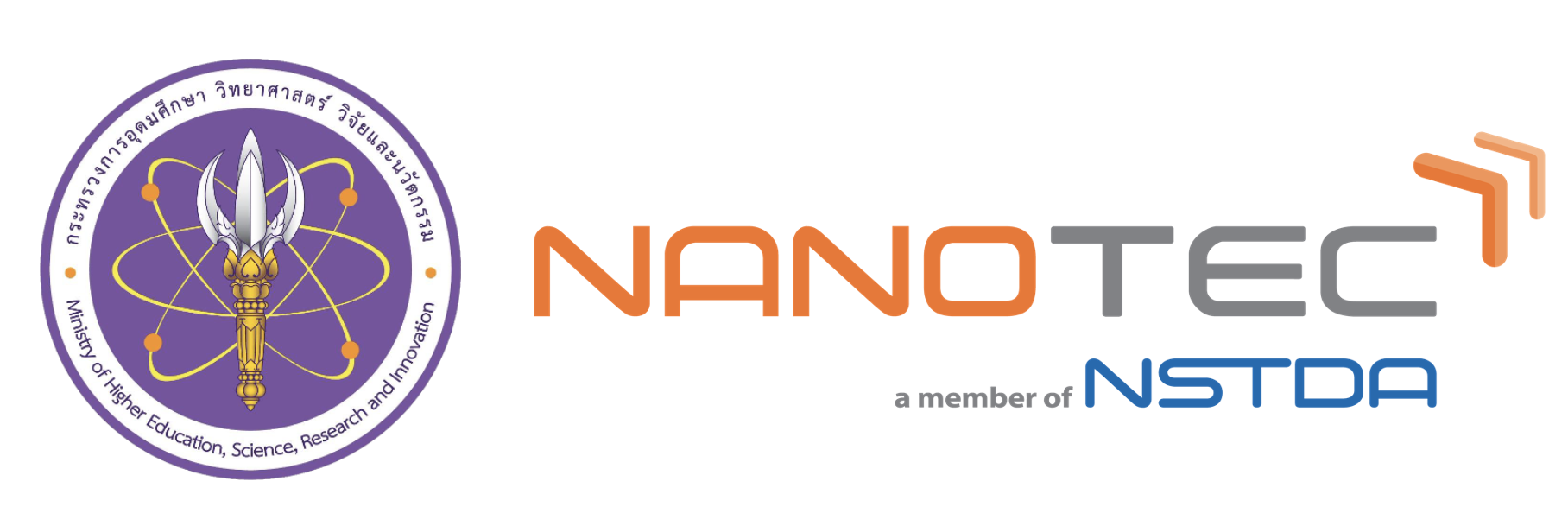Room-temperature multiferroic goes magnetoelectric
Researchers in the US have succeeded in making an excellent multiferroic material out of two “failed” multiferroics. The new material, which is made from two types of lutetium iron oxide, could be used in ultra low-power microprocessors, storage devices and next-generation electronics…….. http://nanotechweb.org/cws/article/tech/66478 A new magnetic ferroelectric

